Julita Farm is a mansion and open-air museum owned by the Nordic Museum. Currently, all tours and events are cancelled, but you can walk around the gardens and historic buildings.
Innehållsförteckning
Julita farm in Södermanland
We're on a "castle tour" with the motorhome, and while the main building at Julita Farm may not meet the criteria for a castle, it's a place we were keen to visit. This beautiful castle-like mansion also has a history involving several royals.
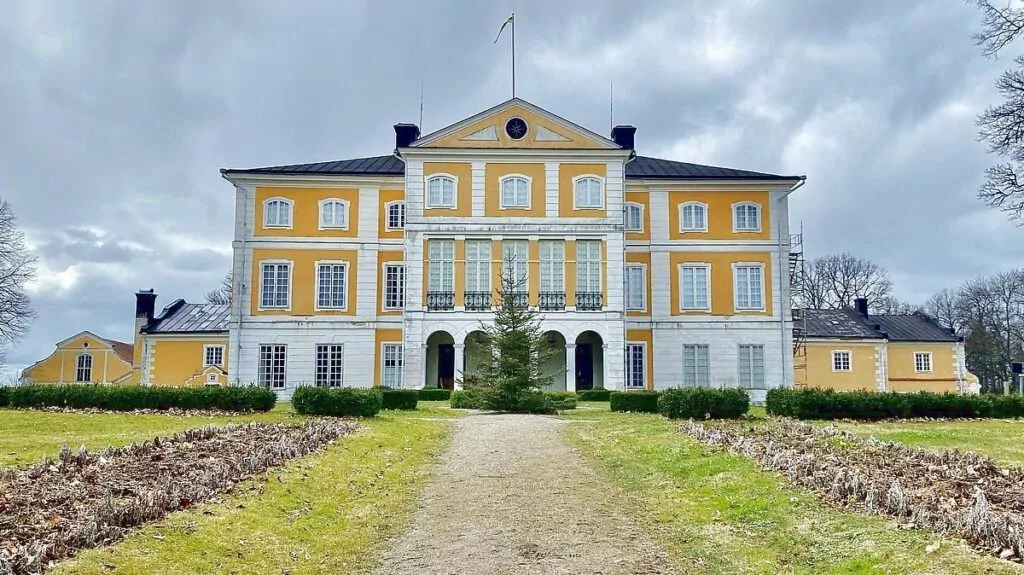
Julita Farm is located on Lake Öljaren in Södermanland, about 26 kilometres northwest of Katrineholm.
From Viking farm and monastery to estate and museum
The site of Julita Farm has a history dating back to the Viking Age, when there was probably a great manor house here. Around 1180, Julita Monastery was founded on the site and operated until the 16th century. At the Reformation, the monastery was closed and Julita Estate was created.
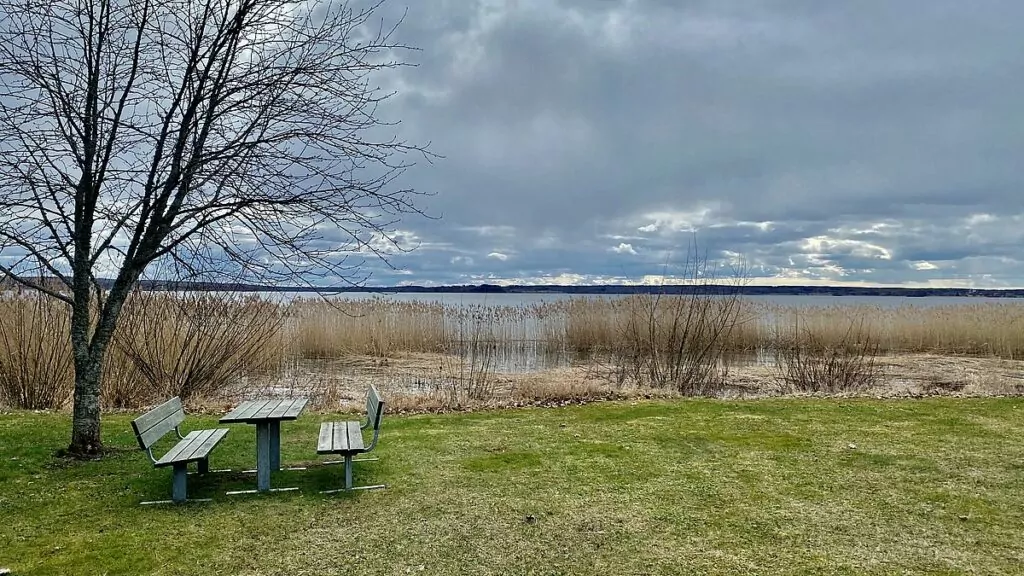
The estate had several different owners, including Duke Karl and Dowager Queen Kristina, Gustav II Adolf's mother. Later, the estate became the property of the Palbitzki family, and remained so for several hundred years. An older main building was built in the 17th century, which burned down in the 18th century. Around 1730, a new larger building was built in the classicist style.
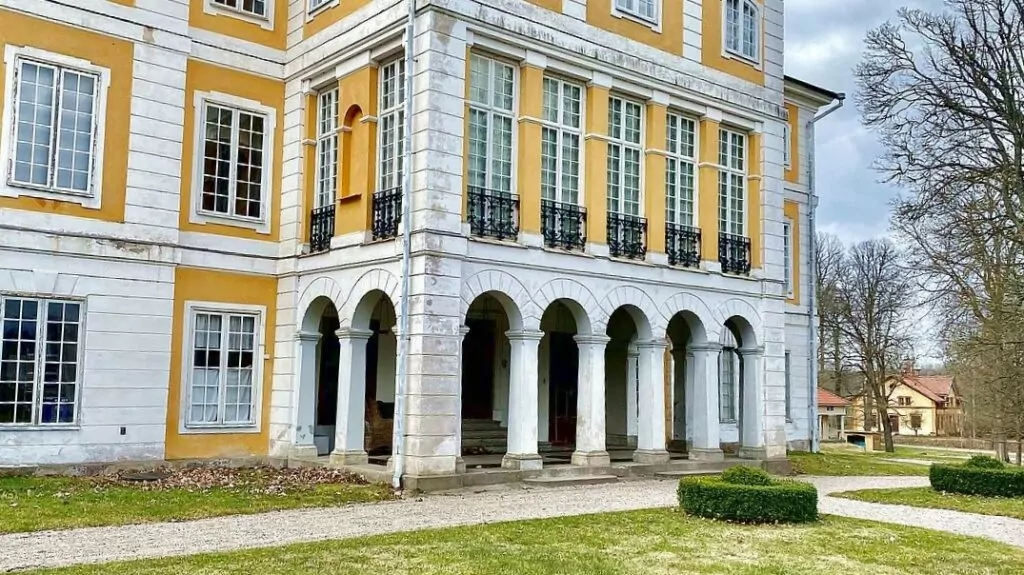
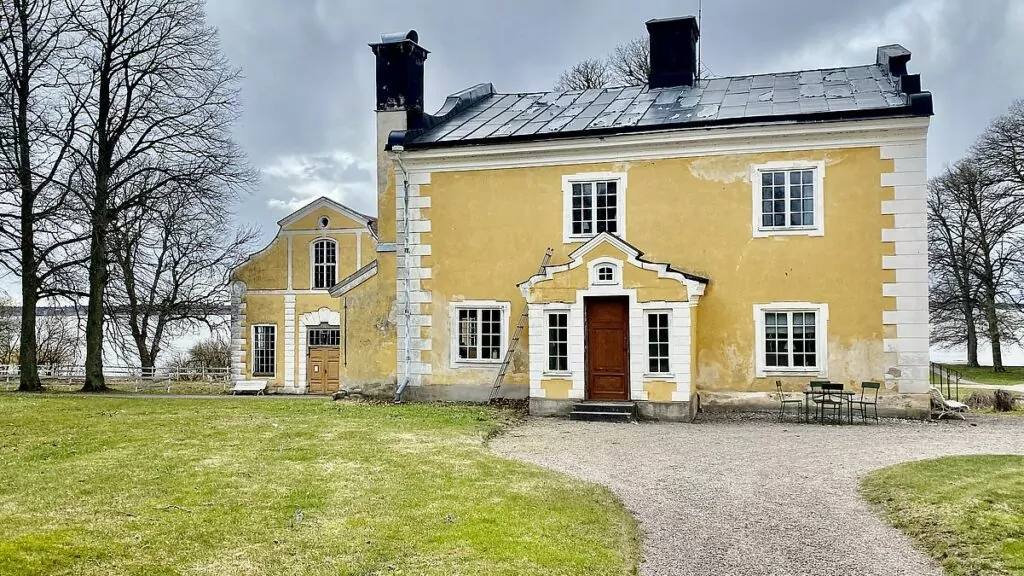
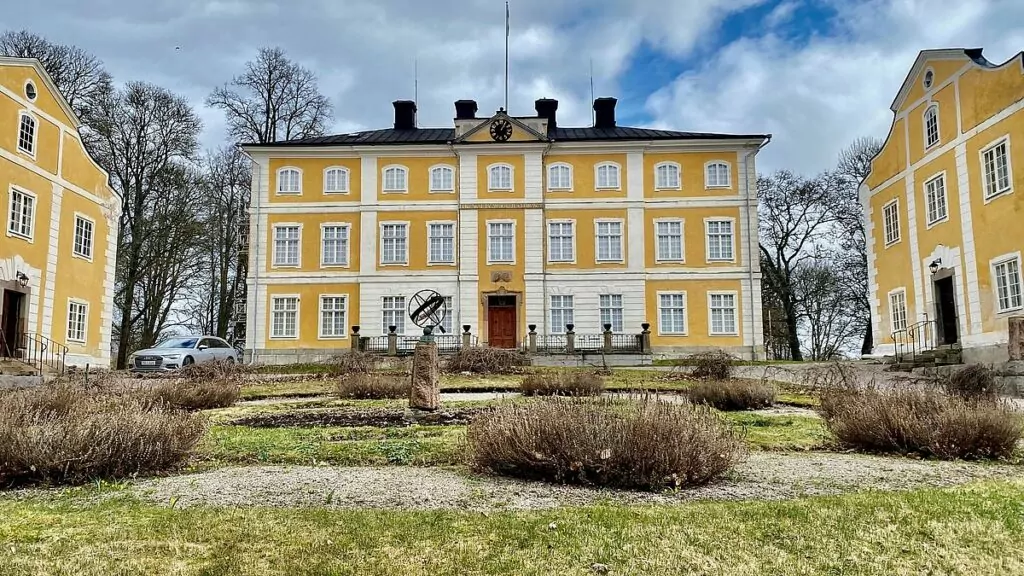
At the end of the 19th century, the Palbitzki family sold the farm to the tobacco company Wilhem Hellgren & Co, then owned by Johan Bäckström. His son, Artur Bäckström, was very interested in the cultural and historical value of the farm and had it renovated, improved and a museum built. After his death, he donated the farm to Nordic Museum.
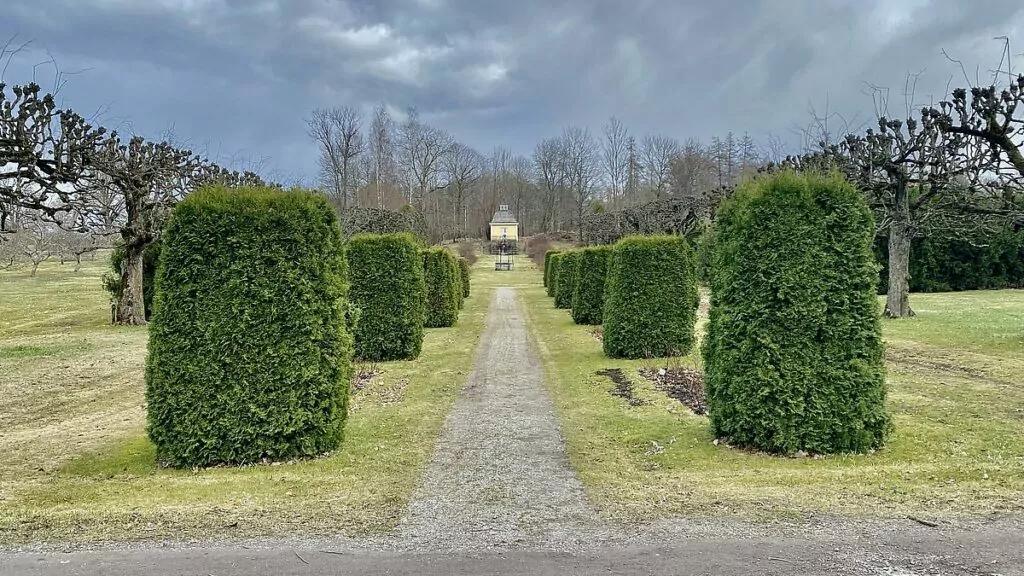
Visiting Julita farm
Normally, Julita Farm is an open-air museum full of life. It hosts various exhibitions and organises children's activities with Pettson and Findus. Now, due to the pandemic, all indoor activities and events are cancelled.
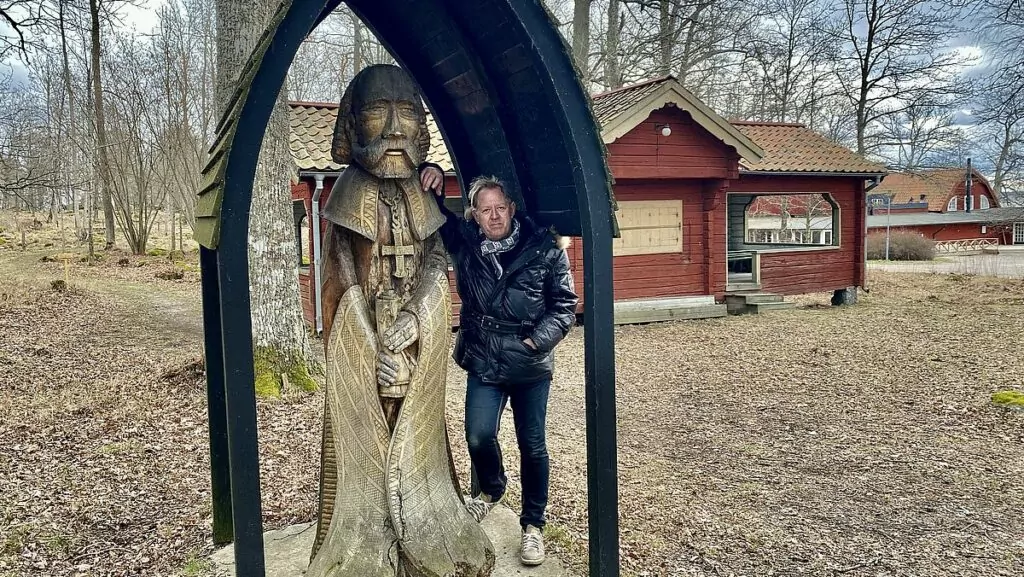
We had read on the museum's website that the park and gardens are open all year round, although the indoor environments, shops, restaurants and events are currently closed due to the pandemic. That's why we were a bit surprised when the entrance saw very closed out. After looking around for a while, we found a small gate closer to the water that was open.
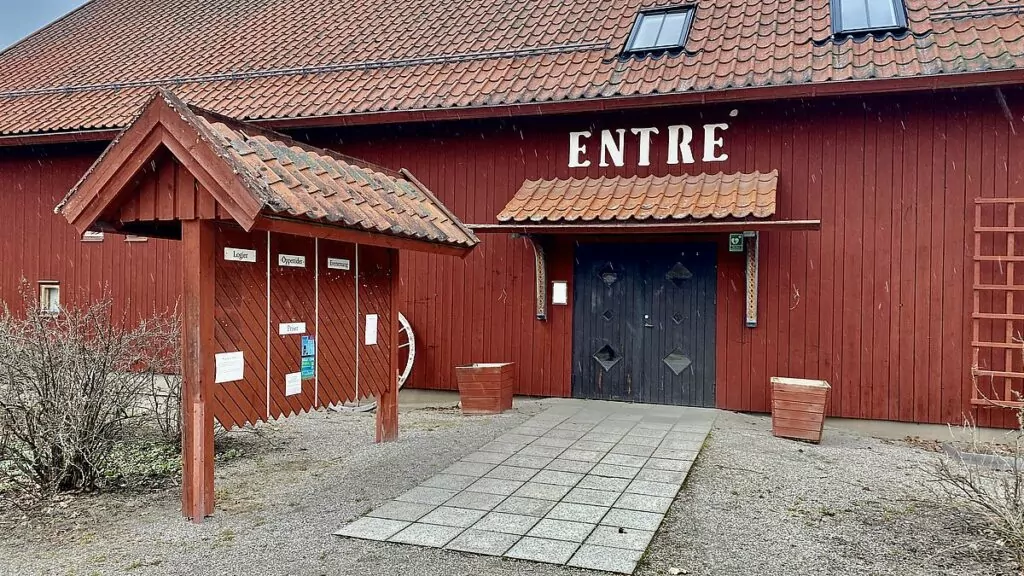
Gardens and 'clone archives'
Fruit has been grown at Julita for at least 500 years, and today around 290 fruit trees grow here. There is also a so-called 'clone archive' for fruit. This means that old varieties of fruit trees are preserved in a national gene bank, partly at the Agricultural University in Alnarp and partly here at Julita. A similar clone archive exists for hops, collected from various locations in Sweden as part of a research project.
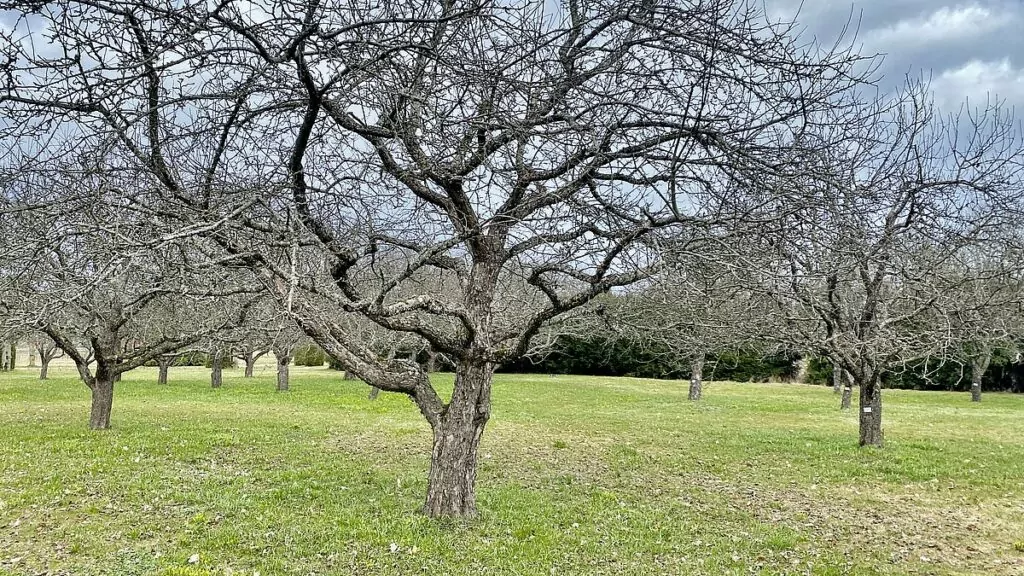
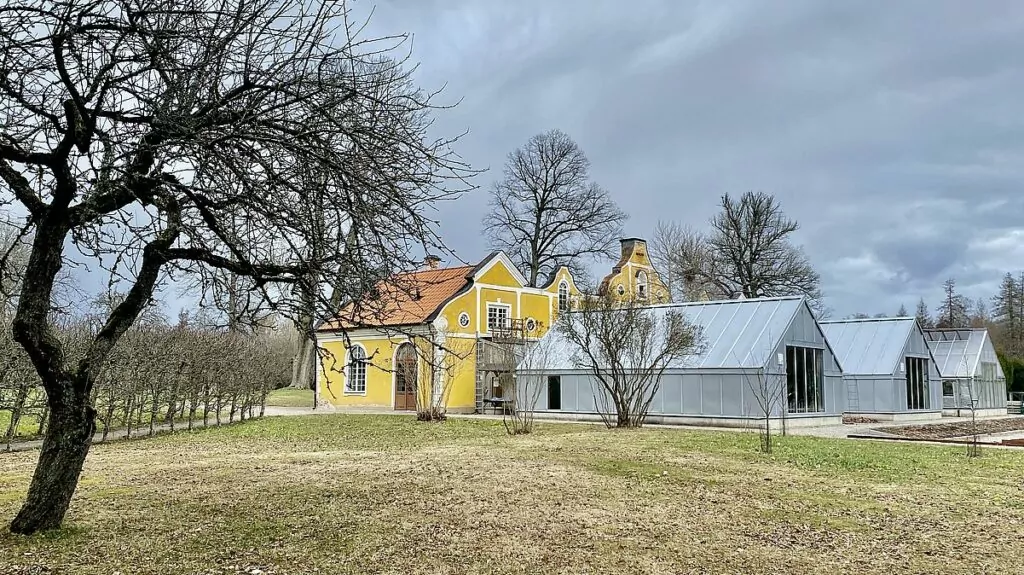
Cultural and historical environments
There are many culturally and historically interesting environments and buildings in the area. We wandered around at random, and offer a small picture bomb.
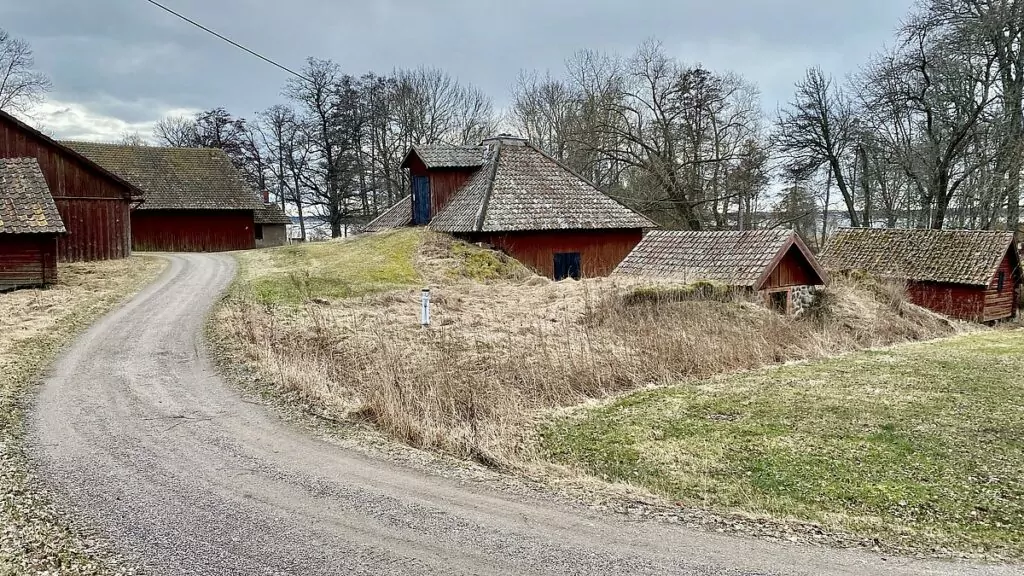
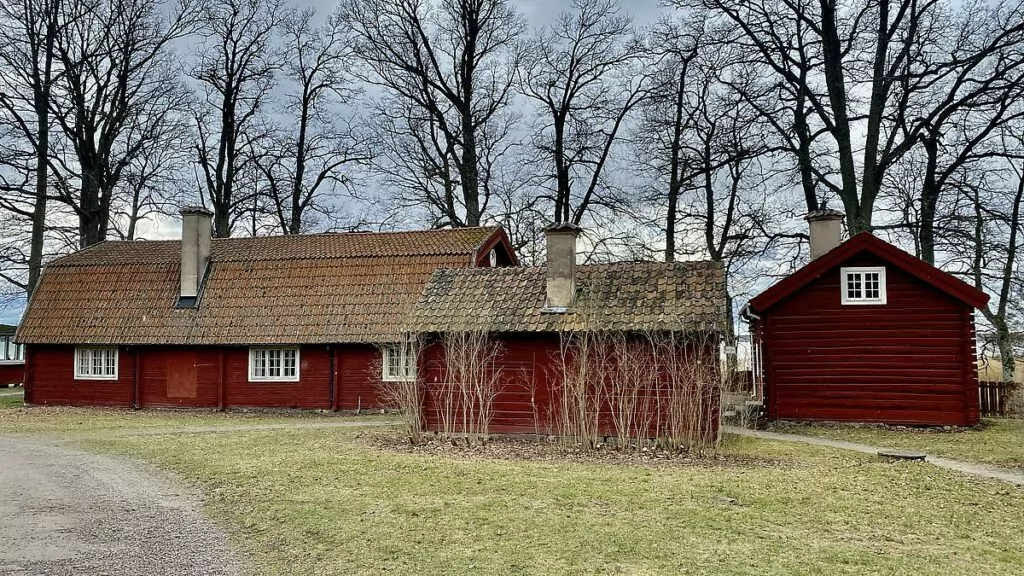
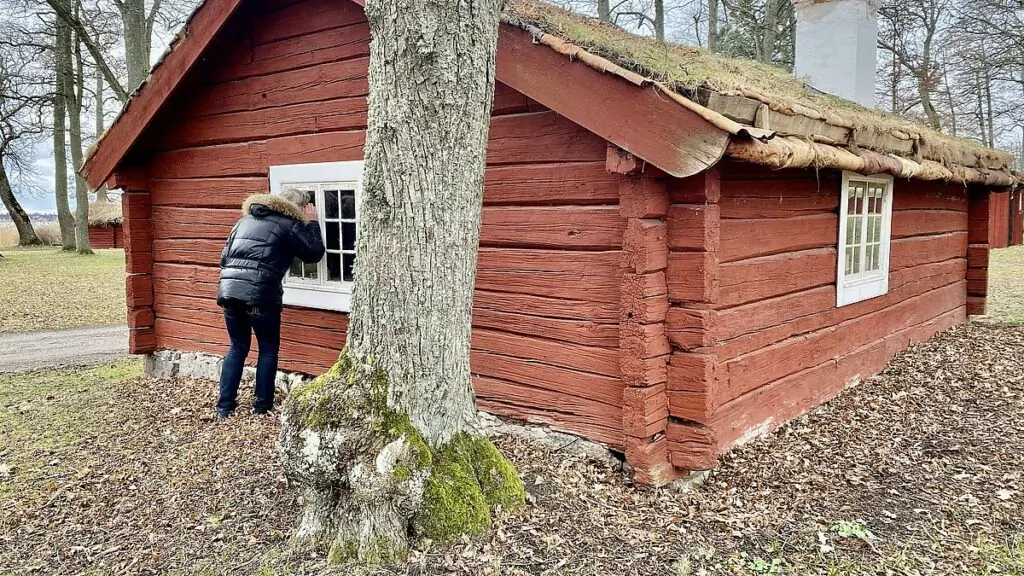
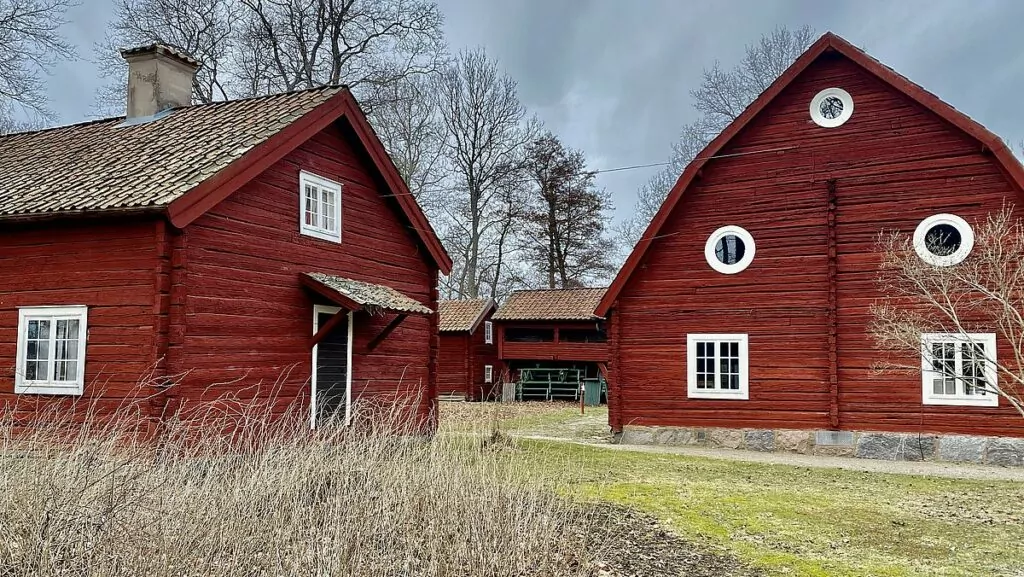
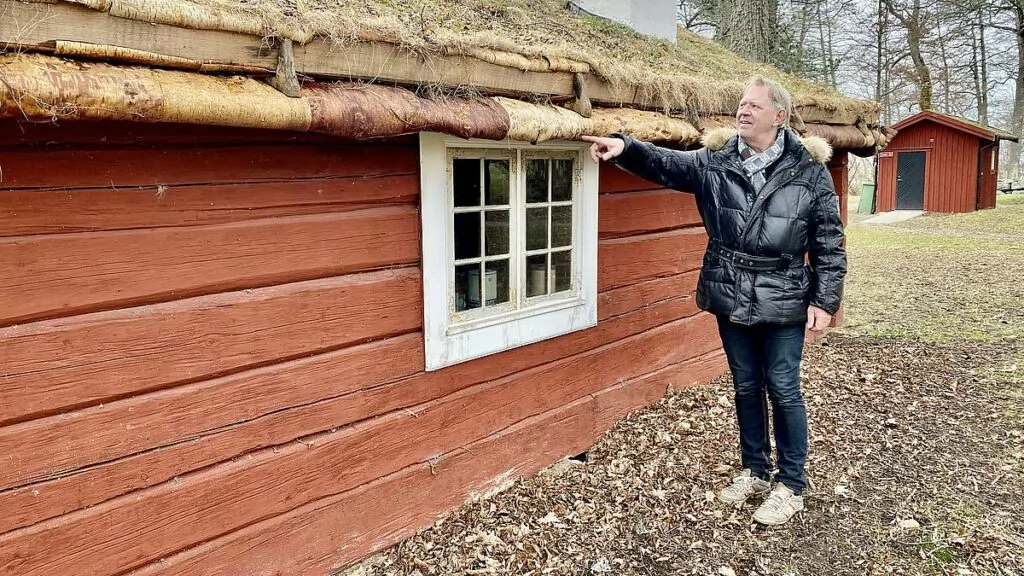
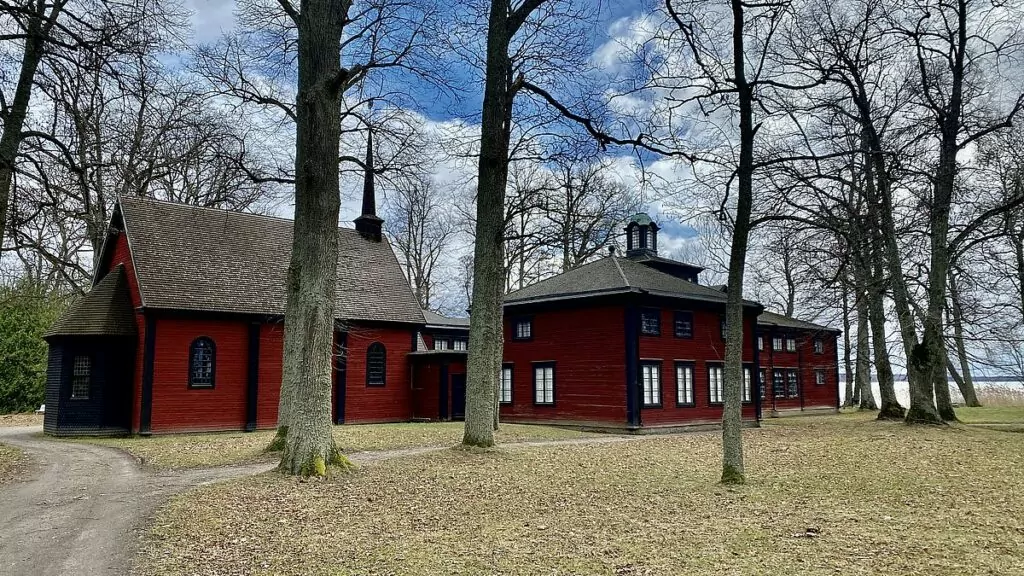
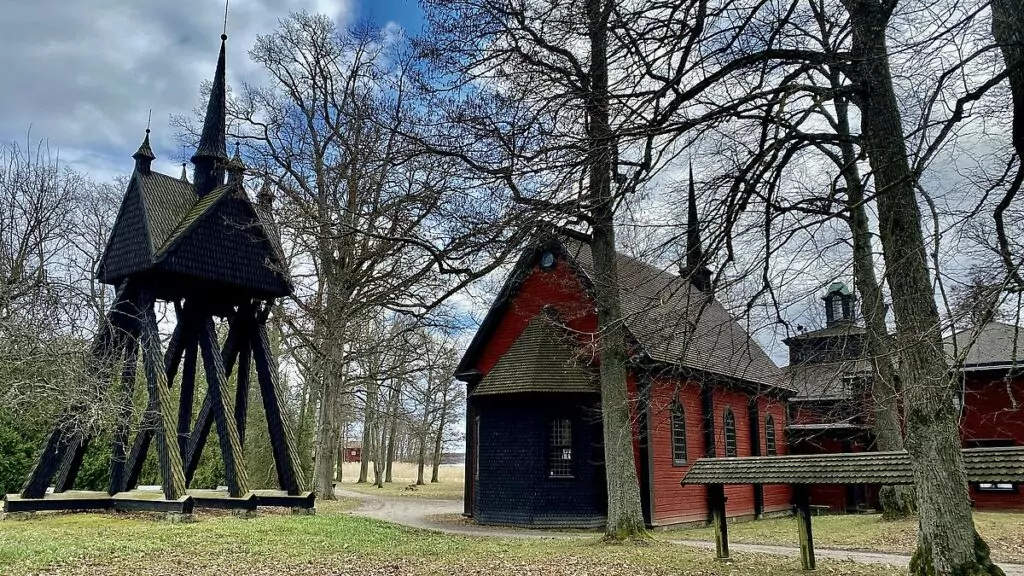
See more in the neighbourhood
A bit north of Julita farm is Stora Sundby Castle, which is a fantastically beautiful fairytale castle. on the banks of Lake Hjälmaren, where you can walk in the park and the deer enclosure. If you head south, you can instead find the beautiful Boo Castle.
Sundbyholm castle - and guest harbour with parking space
Sundbyholm Castle has a history as a monastic estate and royal palace. Today you can come here for hotel accommodation,...
Tullgarn Castle - in the footsteps of kings and tsars
When we went home on Sunday from our motorhome weekend at Jogersö, we needed a place to...
Things to do in Nyköping - 9 sights and experiences
What to do in Nyköping? We've visited this lovely town several times over the past...
Lida Friluftsgård and the Adventure Trail around Lake Getaren.
Lida Friluftsgård, located in Botkyrka municipality in Stockholm, offers a fantastic outdoor area with...
Ringsö in Lake Mälaren - a Swedish idyll
We spent Monday and Tuesday this week on the island of Ringsö in Lake Mälaren. Our friends...
Hjälmaregården - campsite by Lake Hjälmare
Hjälmaregården is idyllically beautiful in Läppe, on the southern shore of Lake Hjälmaren (not far from Vingåker). Here are...
Excursions in Stockholm in times of coronavirus - 15 tips
Tips on 15 excursions in Stockholm in times of corona! Because yes, what do you do when you don't...
Boo castle, Breven's mill and car park in Vingåker
Boo Castle is a beautiful terracotta-coloured palace reminiscent of a fairytale castle. Not too far from here...
What to do in Trosa - 9 tips for a picturesque gem
What to do in Trosa? We have visited this picturesque town many times. It was...
Stora Sundby Castle - fairytale castle on the banks of Lake Hjälmaren
Stora Sundby Castle is a fairytale castle with turrets and towers, beautifully situated on the shores of Lake Hjälmaren....
4 Castles in Strängnäs - and a fortress
We have looked at a bunch of castles in Strängnäs, during our castle trip with a motorhome. Some castles...
Jogersö camping and sea bathing - open all year round
Now we are finally out with the motorhome again! We both have a lot of work to do...
Summer and sun at Malmköping campsite
We have now driven the motorhome to Malmköpings camping. This is a classic caravan campsite: white...
Nyköpingshus - the site of Nyköping's guest house.
Nyköpingshus has a long and sometimes very dramatic history. This medieval castle was transformed in the 16th century into a...
Årsta Castle - with memories of Fredrika Bremer
Årsta Castle is located in Haninge, south of Stockholm, and is perhaps most strongly associated with the author...
Stendörren nature reserve - with suspension bridges between islands
Stendörren Nature Reserve is a magical coastal paradise located between Nyköping and Trosa. The water is crystal clear...
Things to do in Mariefred - 17 tips for a charming gem
What to do in Mariefred? This charming little gem offers everything from castles and...
Taxinge castle - cookie castle in a beautiful location by Lake Mälaren
Taxinge castle, or Taxinge-Näsby castle, is beautifully situated by Lake Mälaren. We came here by motorhome on...
Ericsberg Castle - and other private castles in Södermanland
Ericsberg Castle is one of Sweden's most beautiful baroque castles, and the garden is occasionally open to visitors. Our...
Häringe castle - fine castle hotel in Södermanland
Häringe Castle is located just south of Stockholm and is a castle you visit for lovely weekend packages,...
Malmköping swimming and camping
Malmköpings bad och camping is beautifully located by Hosjön. This is a 4-star campsite with good...
Fishing in Lake Mälaren - a long weekend on the island of Ringsö
We have been fishing in Lake Mälaren this weekend. Our friends have a summer house on the island...
Öster Malma Castle - hunting, buffet and wild animals
Öster Malma Castle is a fine little white estate in Nyköping municipality. Here, much is about ...
Södertuna castle - fine castle hotel in Södermanland
Södertuna Castle is beautifully situated by Lake Frösjön in Södermanland. You come here, for example, to treat yourself to...
Things to do in Strängnäs - 12 sights and experiences
What to do in Strängnäs? We have visited Strängnäs several times, by train, car and...
Tyresö Castle - history and beautiful nature
Tyresö Castle is beautifully situated at Kalvfjärden in Tyresö, just south of Stockholm. We went...
Nynäs castle and nature reserve in Nyköping
Nynäs Castle is a beautiful castle in Nyköping municipality. There is also the Nynäs nature reserve, with lovely...
Trosa havsbad and camping - nice on the waterfront
We rolled past the caravan park in Trosa yesterday, which was full of motorhomes, and continued out...
Tyresta National Park - tips on entrances and trails
Tyresta National Park is a large natural area just south of Stockholm. Here you can experience wild primeval forest,...
Skogskyrkogården in Stockholm - a Unesco World Heritage Site
The Forest Cemetery in Stockholm is one of the Swedish World Heritage Sites on the UNESCO World Heritage List. We often check...
Femöre - barren rocks and military history in Oxelösund
On the way home from Jogersö camping in Oxelösund we took the opportunity to drive past the island of Femöre,...
Gripsholm Castle - a royal castle on Lake Mälaren
Gripsholm Castle is a magnificent and royal castle by Lake Mälaren. Here the rooms remain from the Vasa kings'...
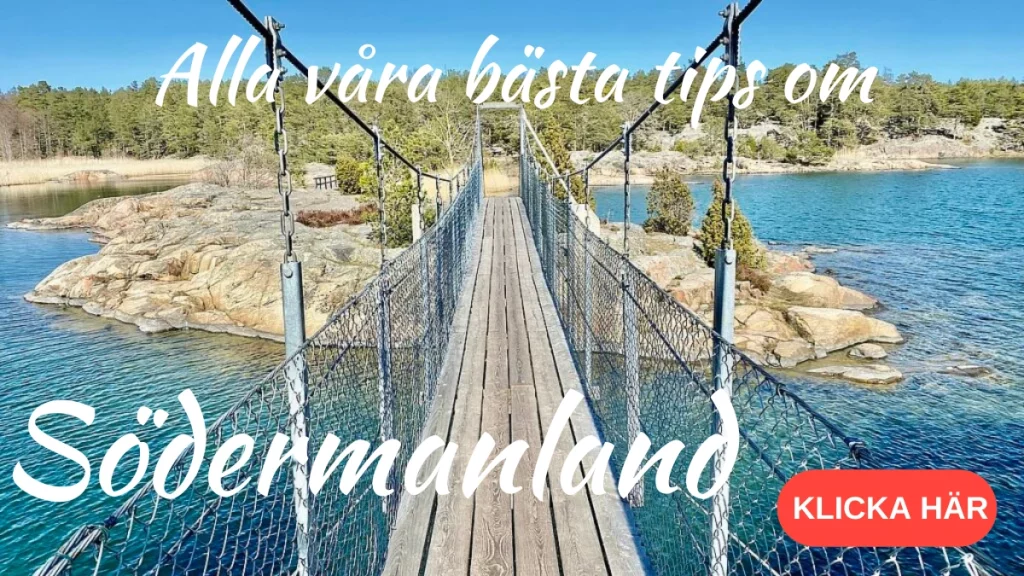
Have you visited Julita Farm?
Have you been to Julita Farm? Have you perhaps visited the open-air museum when the exhibitions were open and when Pettson and Findus were there?
Facts about Julita farm
- Country: Sweden
- County: Södermanland
- Municipality: Katrineholm
- Owners: Nordic Museum
- Read more: You can find more information at the museum's website
Visitor information
- Park and gardens: Open to visitors all year round.
- Parking: Parking spaces are available for a fee. Paid via mobile app (Mobilpark, Parkster).
- Summer 2021: Due to the pandemic, indoor tours and self-organised events are suspended.
- Food and drink: Café Julita Skans (currently closed, see the museum's website for updated info) and Julita Wärdshus (see the inn's website for info on opening hours).
- Exhibitions: Usually there are many different exhibitions, such as the Dairy Museum, Julita's Gardens for 500 Years, Forsman's Workshop, the Brickworks, the Fire Station, Tractors with Traction and the Manor House Kitchen.
Julita's gardens
- The orchard: At Julita, fruit has been grown for more than 500 years, and today there are 290 fruit trees.
- Herrgårdsparken: A park that stretches from the rose garden in the east to the jetty in Öljaren below Stora huset.
- Humlegården: Hops have long been grown at Julita Farm, and in the early 2000s a large number of hops from different parts of Sweden were sampled. The cultivation has been moved to the University of Agriculture in Alnarp, but hop clones have found a new place in the kitchen garden.
- The kitchen garden: This garden has been on the same site since the 19th century, but is lying fallow in 2021.
- The Piont garden: A collection of 130 different species and varieties.
- Rosengården: Started to be built in the 1910s, but has since been modified and simplified.
History at Julita farm
- The Viking Age: There was probably a great manor house here as early as the Viking Age. There is a rune stone in the courtyard.
- 1180: Around this time, Julita Farm became the site of Julita Abbey, when Knut Eriksson donated/exchanged Julita to the Cistercian Order.
16th to 18th century
- 16th century: The monastery was closed during the Reformation and the Julita estate was formed. The estate went to Olof Arvidsson (Stenbock) and in 1564 to Jöran Persson.
- 1569: The Julita estate fell to Duke Karl, who lived partly on the estate.
- 1622: Gustav II Adolf gave the estate to his mother, Queen Dowager Kristina.
- 17th century: An older main building was built. After the death of the Dowager Queen Christina, the estate passed to the Austrian Colonel Melchior von Wurmbrandt, and later became the property of the Palbitzki family.
- 18th century: The older main building was destroyed in a fire.
- 1730s: A new larger main building was erected, in a classicist style.
19th century to the present
- 1876: The Palbitzki family sold Julita to the tobacco company Wilhem Hellgren & Co, then owned by Johan Bäckström.
- 20th century: Johan Bäckström's son, Artur Bäckström, took over Julita and had many renovations and changes made to the main building and the farm. Stables and carriage wings were also built.
- 1930: Artur Bäckström opened a museum with exhibits showing both common and high class artefacts.
- 1941: After his death, Artur Bäckström donated Julita Farm to the Nordic Museum, which assumed ownership in 1944.
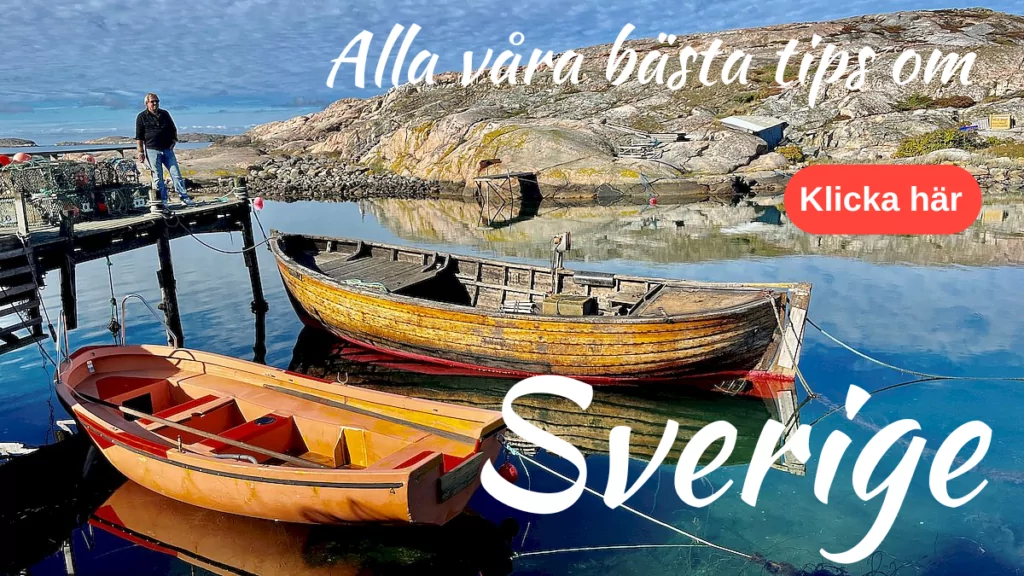

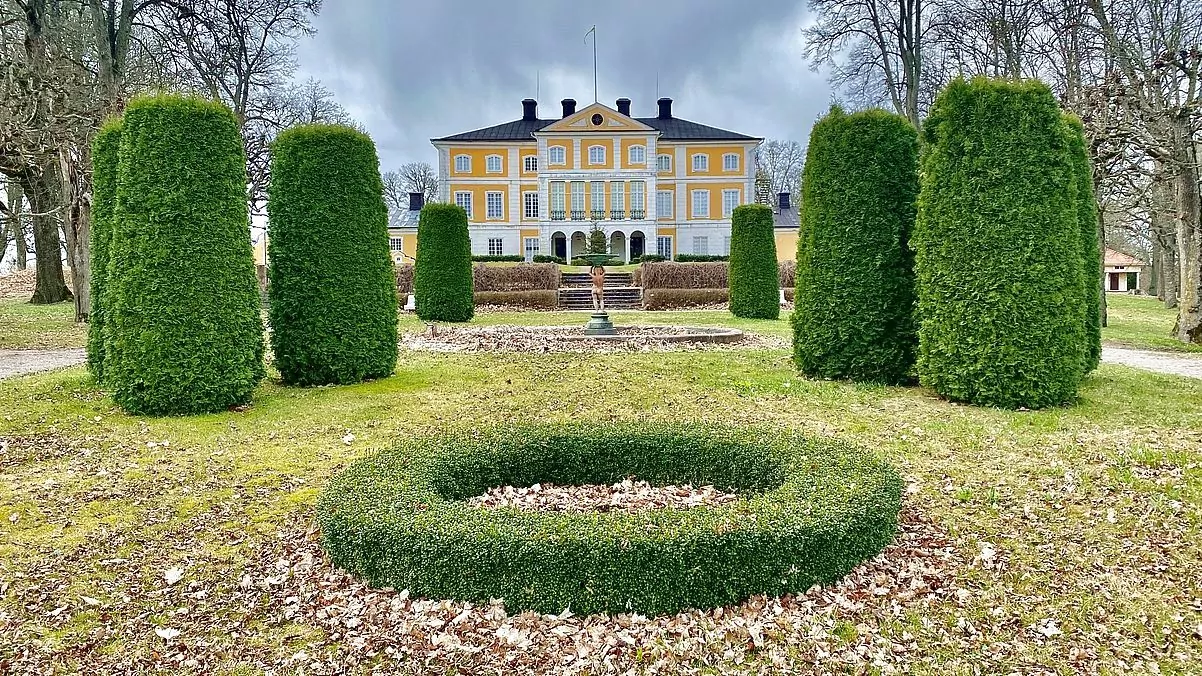









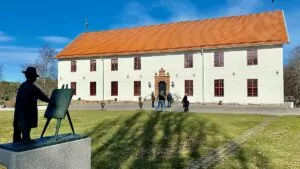
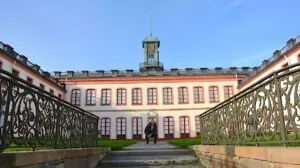
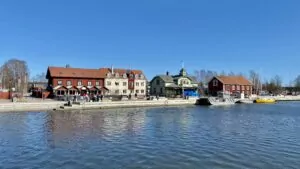
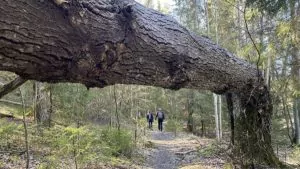

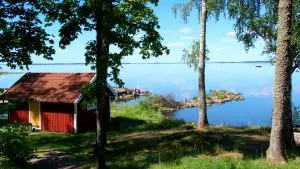

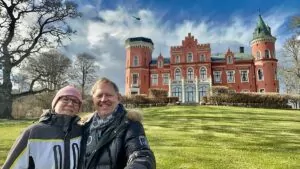
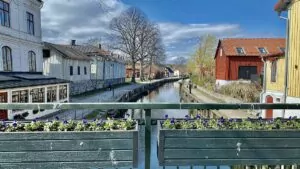
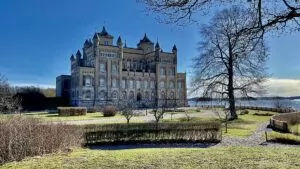
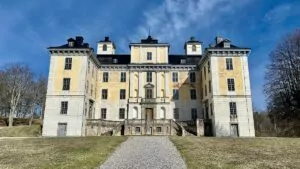
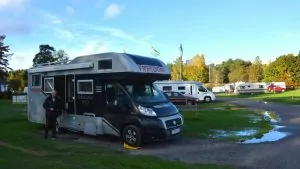
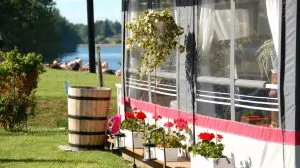
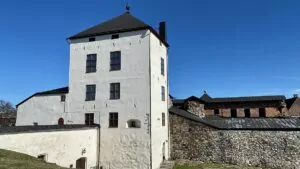
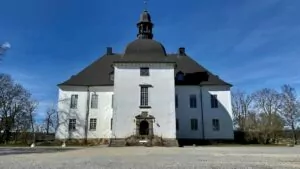

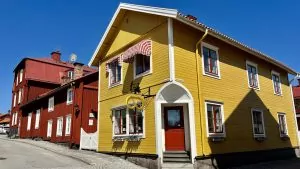
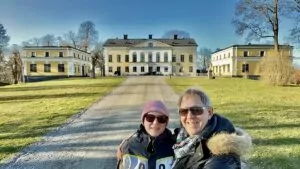
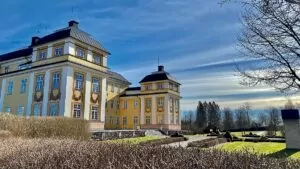
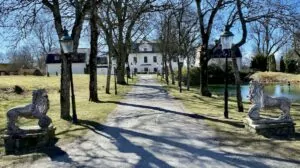
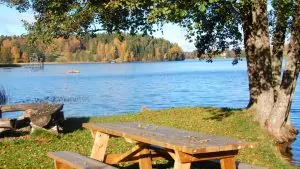

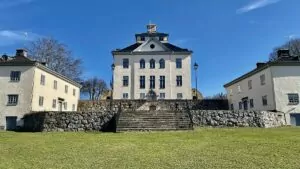
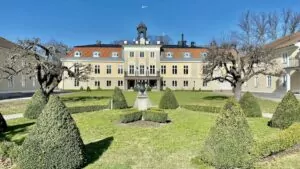
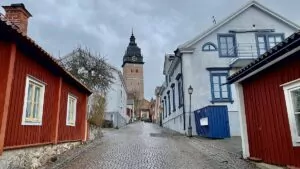

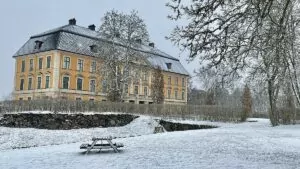
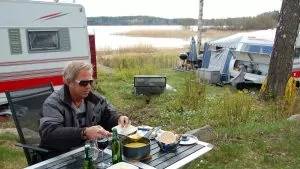
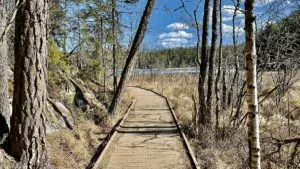
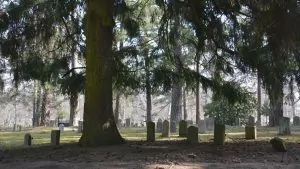

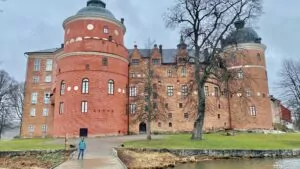
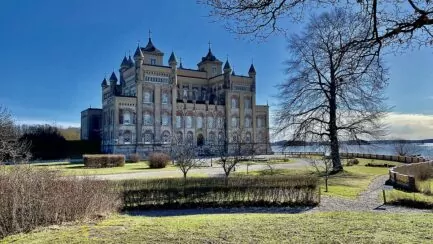
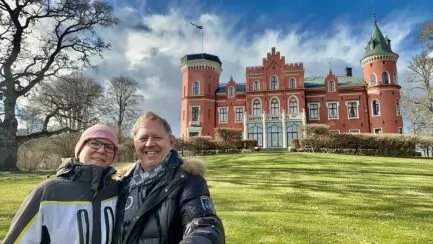
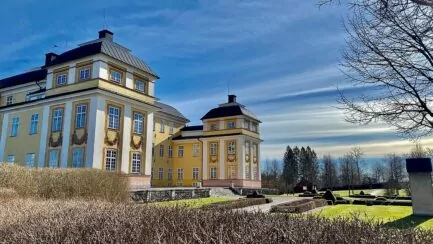
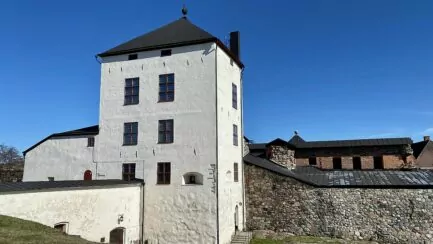
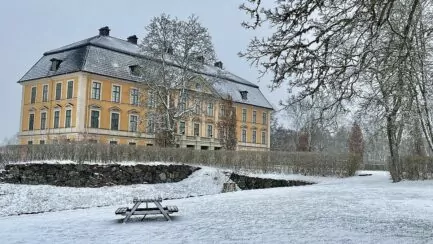
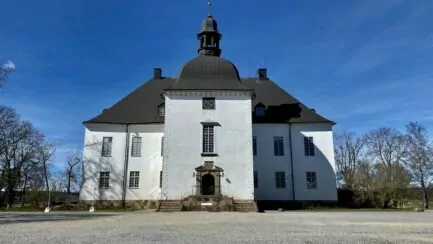



JoY says:
Julita is nice to visit, which we have done a couple of times. There was a nice Christmas market, then, and in the summer we met Pettson Findus.
Spent the night in the caravan park in the forest grove, I don't know if it's still there?
06 April 2021 - 7:41
Helena says:
I imagine it's nice when everything is open and things are happening in the area! We didn't see the motorhome parking, but we weren't looking so I don't know... We stood in the regular guest car park during our visit, and then rolled on.
06 April 2021 - 7:57
4000mil says:
I visited Julita as a child and was completely enchanted. I dreamt about it for years afterwards and thought it was a fantastic fairytale world!
Then returned as an adult when Alexander was small and it was still a nice excursion, but the enchantment of childhood was of course gone. 🙂
06 April 2021 - 8:39
Rolle o Carina says:
We will probably make a visit there this summer!
Take care....
06 April 2021 - 9:08
Nils-Åke+Hansson says:
Julita farm an open air museum not so long ago we were there... We spent the night there. When the children were small and we were still in central Sweden, it was an excursion destination....
06 April 2021 - 9:16
Lena - gott för själen says:
It's so nice and pleasant on that farm. I have been there a couple of times and I think I participated in all the different types of tours that were offered. Have also stayed in the octagonal house by the lake. Recommended!
Hug Lena
06 April 2021 - 9:59
BP says:
Julita Gård reminds me of Skansen actually. Similar buildings there. Like the "figured" bushes.
06 April 2021 - 19:26
Monica says:
Funny that you have done so much and tell well, we think we have been to everything ourselves and both in our tenant-owner association and the cottage country in Uppland we make cultural trips every summer so we become very cultural:-), here we have been a whole day and got a guided tour from the basement and to the smallest bowl that I think Bäckström collected, he had nice tables too and his own cemetery for the dogs.
I was most fascinated by the life of the Cistercian monks and their great medical knowledge that I could associate with today's actually, they made medicines from herbs and knew a lot in pharmacology, yes that we are struggling with today, they grew a lot and had knowledge so they built water treatment plants with fine drinking water as a result. A cellar part is still there and there we crawled around. And preserved documents exist and it emerged that they had to fight against a lot of abuse from outside and then a lot crashed when Gustav took power, he gave other monks access here but they were a bit of the worst type and everything failed, yes he wanted to own everything and have power himself, when I studied medicine it was brought up that Sweden lost at least 200 years of medical knowledge so that only in the 18th century they caught up a little with what had been in competence already in the Middle Ages. Yes, and of course we had time for Pettson. Interesting with everything you tell us.
06 April 2021 - 21:44
Johanna+i+Skåne says:
We visited Julita for midsummer celebrations about 20 years ago when we were with friends outside Katrineholm... I remember that there was a small child in the group, but we all threw ourselves into the ring dances just as happily.
06 April 2021 - 21:49
Lena+i+Wales+och+Spanien says:
I have visited Julita. I knew the curator who worked there for a few years. We had worked together on another castle project. So it was a nice private visit and private guided tour.
Moreover, I have been there as a tour guide at least once, maybe more....
How wonderful that the public has access to the place.
Now I'm going to take a little break before I read your next castle post, because otherwise my old brain mixes everything up.
Take care!
07 April 2021 - 10:18
svart blandare says:
Had really wanted to go there 🙂
07 April 2021 - 12:59